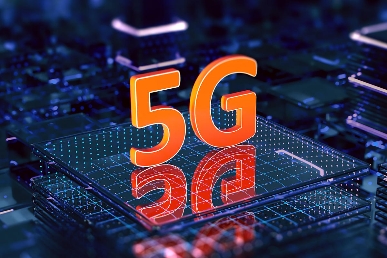
5G technology plays a crucial role in the development and functioning of autonomous vehicles. Here are some key ways in which 5G impacts the landscape of autonomous driving:
1. High-Speed Connectivity – Low Latency: 5G networks offer extremely low latency (as low as 1 millisecond), which is critical for real-time communication between vehicles and infrastructure. This ensures that vehicles can react instantaneously to changes in their environment, such as obstacles or traffic signals.








– **High Data Rates**: The ability to transmit large volumes of data rapidly is essential for autonomous vehicles, which collect and process information from numerous sensors and cameras.
### 2. **Vehicle-to-Everything (V2X) Communication**
– **Vehicle-to-Vehicle (V2V)**: Communication between vehicles allows them to share information about their speed, direction, and potential hazards. This can help in collision avoidance and traffic flow optimization.
– **Vehicle-to-Infrastructure (V2I)**: Autonomous vehicles can communicate with traffic lights, road signs, and other infrastructure to receive real-time updates on traffic conditions, enabling better route planning.
– **Vehicle-to-Network (V2N)**: Connectivity to the cloud allows vehicles to access additional computational resources, store information, and receive updates on software and traffic systems.
### 3. **Enhanced Safety and Efficiency**
– 5G’s fast and reliable communication helps to enhance safety by enabling vehicles to quickly share critical information. This reduces the risk of accidents and improves overall traffic management.
– Efficient routing through real-time traffic data helps to mitigate congestion, which in turn can lead to better fuel efficiency and reduced emissions.
### 4. **Support for Advanced Applications**
– Features like remote vehicle control, advanced driver assistance systems (ADAS), and automated ride-sharing services rely on the capabilities that 5G offers to function effectively.
– Over-the-air updates of vehicle software can be done seamlessly, ensuring that vehicles are always equipped with the latest features and security updates.
### 5. **Scalability and Connectivity Density**
– 5G networks can support a high density of connected devices in a specific area, which is essential for urban environments where many vehicles and smart devices are in close proximity.
– As vehicles become more connected, 5G’s ability to manage numerous simultaneous connections without degradation of service is vital for the growth of autonomous vehicle technology.
### 6. **Integration with Other Technologies**
– 5G facilitates the integration of various technologies crucial for autonomous driving, such as artificial intelligence, edge computing, and big data analytics. These technologies enhance the decision-making capabilities of autonomous systems.
### Challenges and Considerations
While 5G has significant potential for supporting autonomous vehicles, there are challenges, including:
– **Infrastructure Development**: The deployment of 5G networks requires substantial investment in infrastructure and ongoing maintenance.
– **Coverage**: Ensuring that 5G networks can provide consistent coverage, especially in rural areas, is vital for the widespread adoption of autonomous vehicles.
– **Security Concerns**: With increased connectivity comes increased risk, necessitating robust cybersecurity measures to protect vehicles and networks from malicious attacks.
### Conclusion
5G technology is a foundational element in the evolution of autonomous vehicles. By providing the necessary speed, reliability, and low latency, 5G enhances the capabilities of autonomous systems, making them safer and more efficient while supporting a wide range of innovative applications. As both technologies advance, they will likely complement each other, leading to smarter and more connected transportation ecosystems.


Leave a Reply